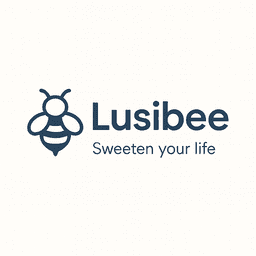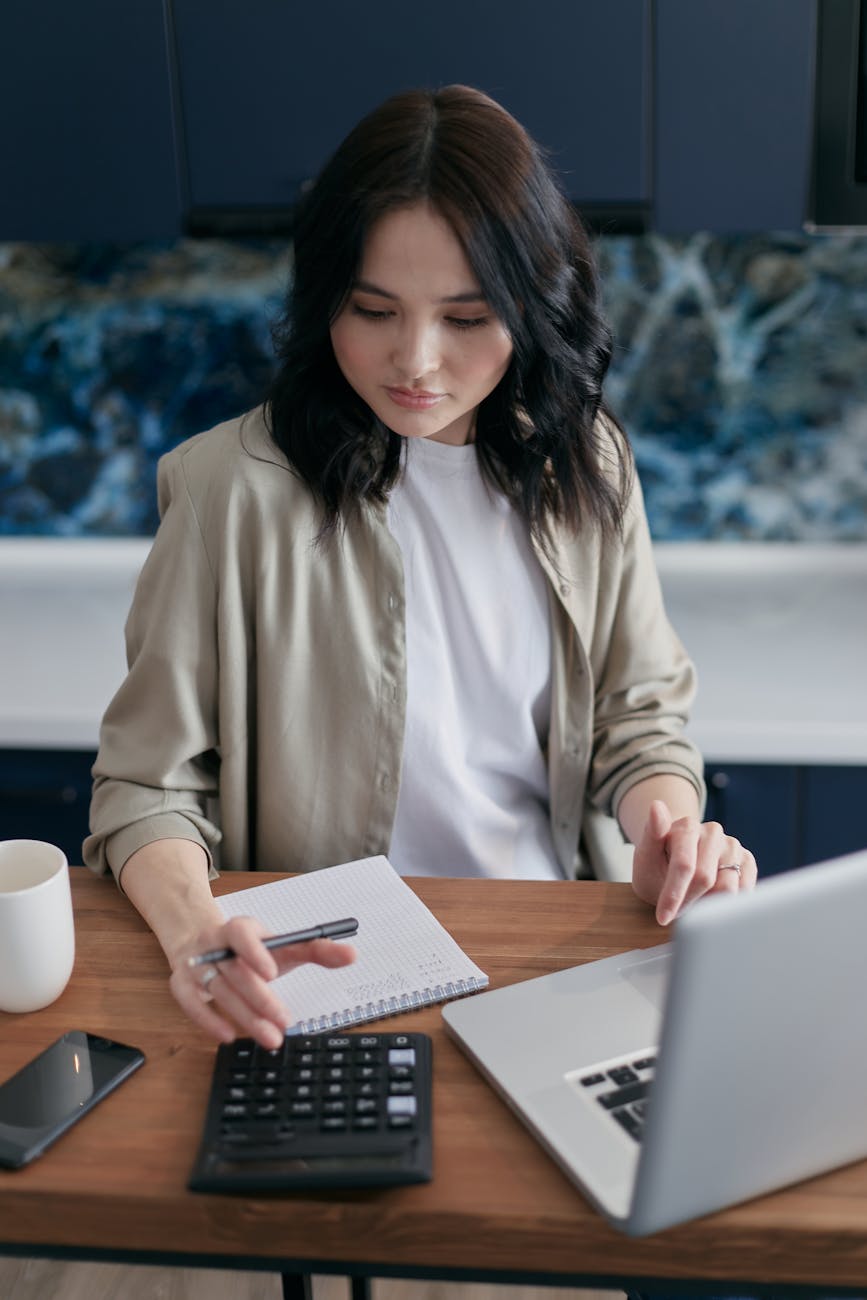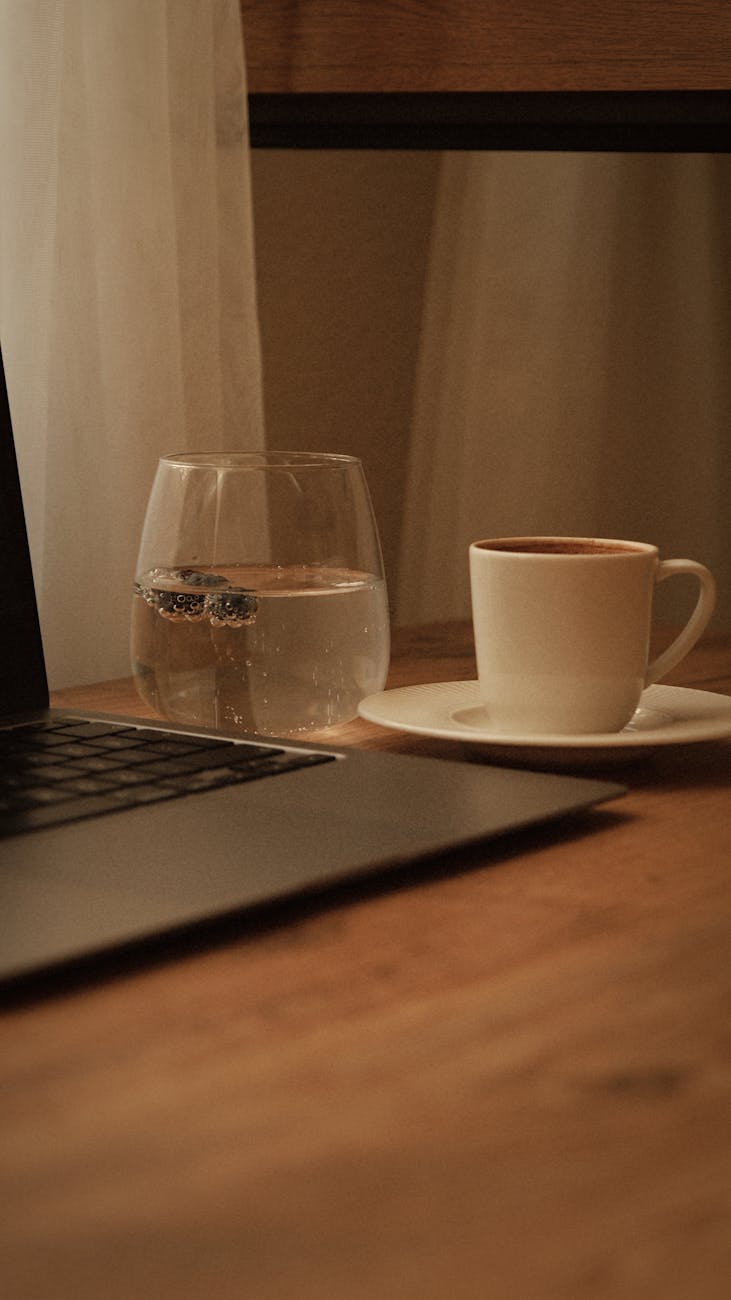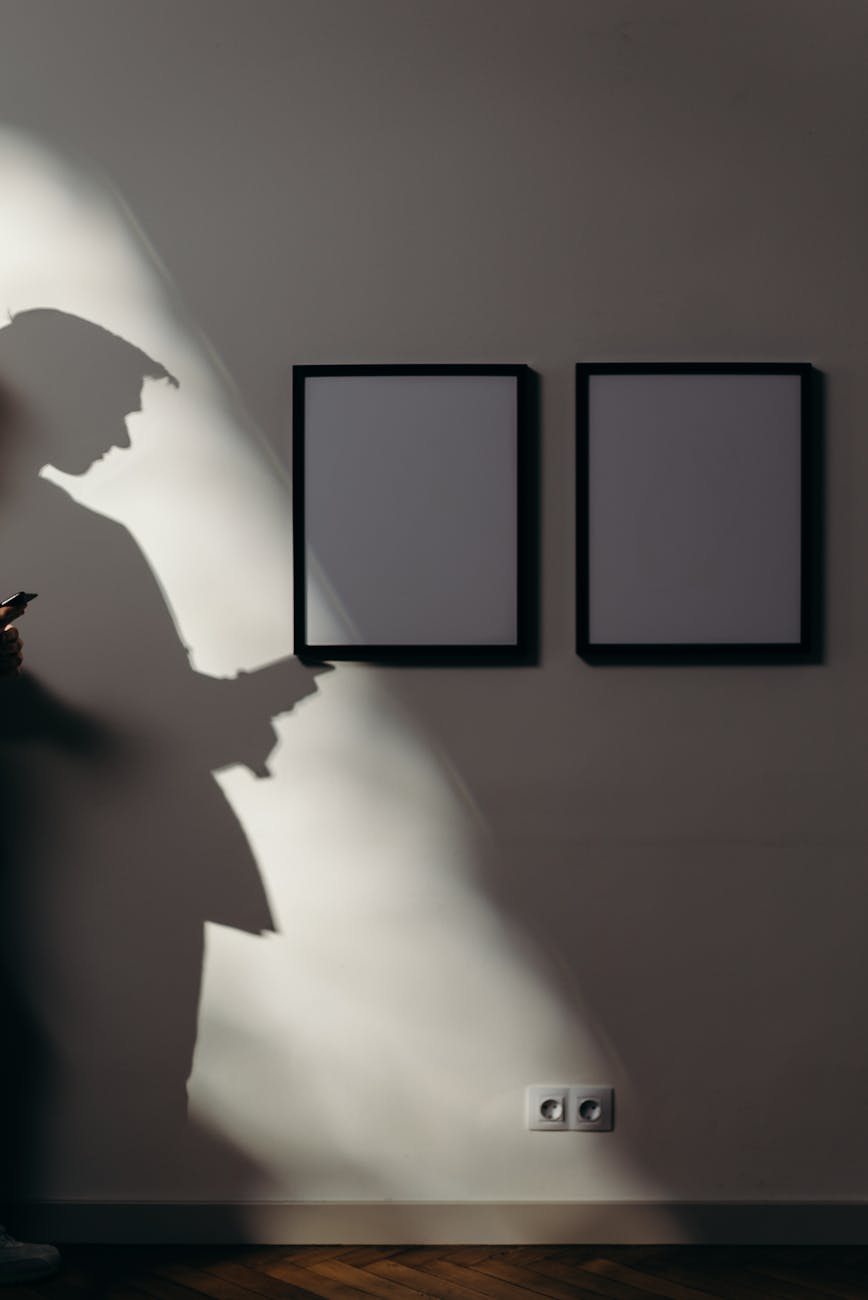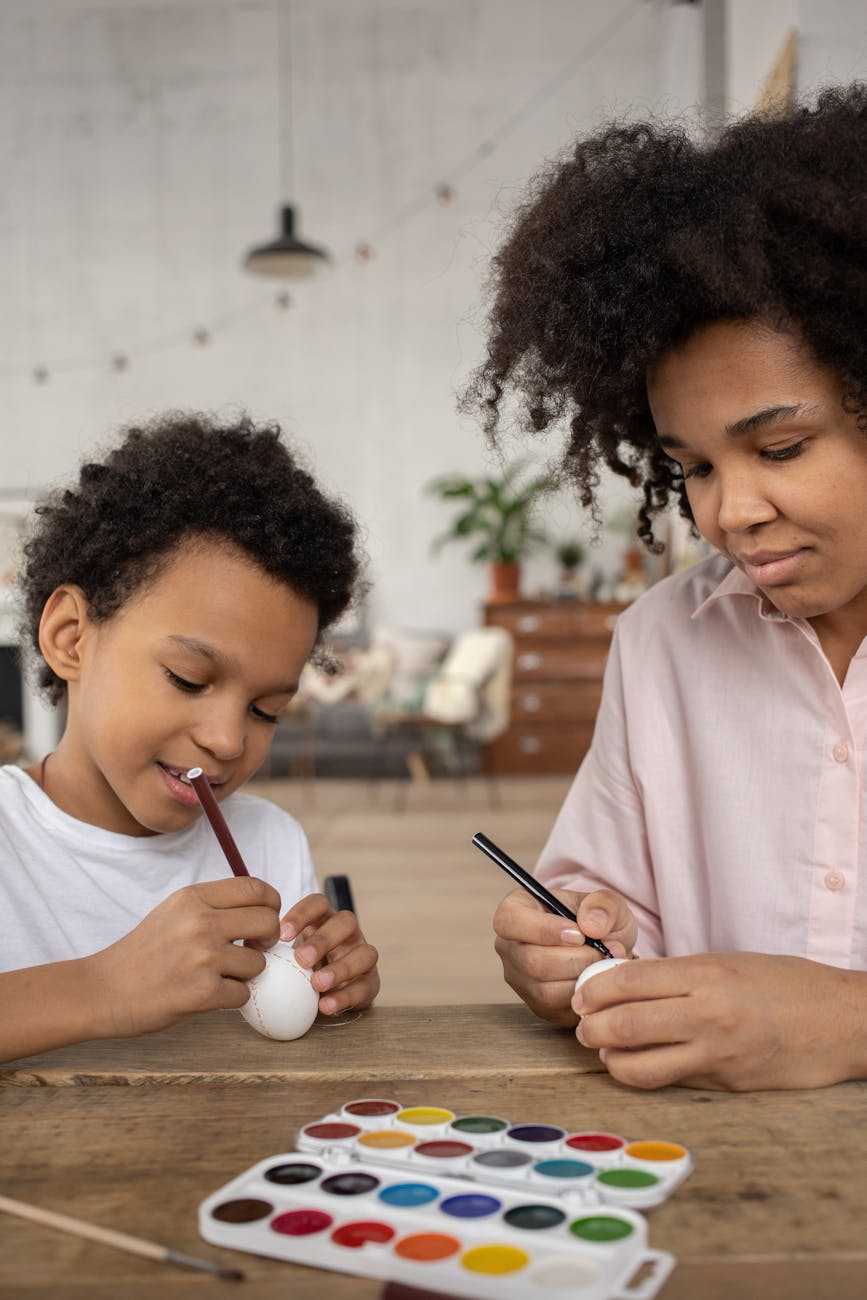
Introduction
Free time is a scarce resource that, when used thoughtfully, can boost creativity, skills and well-being. This article explores a practical, creative approach to make the most of those pockets of downtime, whether you have 10 minutes between meetings or a full weekend. You will learn how to audit and plan your free time, convert curiosity into steady learning, turn ideas into small creative projects, and balance productivity with meaningful rest and social connection. Each section connects to the next: planning helps you choose learning goals, learning fuels projects, and projects benefit from deliberate rest and feedback. Read on for concrete methods, examples and a handy table you can use to pick activities that fit your available time and energy.
Plan and prioritize
Start by treating free time like a resource worth managing. Perform a simple audit for a week: note when free pockets appear, how long they last and how you feel afterward. Use that data to group time into three buckets – micro pockets (5 to 20 minutes), short blocks (20 to 60 minutes) and deep sessions (90+ minutes).
- Set intent before diving in. Decide whether you want to rest, learn, create or connect. That one decision reduces choice fatigue.
- Time blocking and batching. Reserve several micro pockets for quick tasks, consolidate similar short tasks and protect at least one deep session per week for focused work.
- Apply the 80/20 rule. Identify the few activities that deliver most value to your goals and prioritize them during your best-energy windows.
Planning creates a feedback loop: as you learn and try activities, update your audit so planning gets smarter over time.
Learn and grow
Once you know when you have time, use it to learn deliberately. Microlearning, spaced repetition and project-based study turn fragments of time into real progress.
- Microcourses and apps. Use short, focused lessons during micro pockets for language practice or coding drills.
- Read with purpose. Replace passive browsing with one focused article or a chapter. Try note-taking methods like one-sentence summaries to solidify recall.
- Skill stacking for impact. Combine a complementary skill with an existing strength – for example, basic data visualization on top of a marketing skill can multiply your value.
Learning feeds creative projects: pick lessons that directly apply to a small build or a piece of work you can complete in a deep session. That makes study immediately relevant and keeps motivation high.
Create and build
Free time becomes memorable when you turn it into tangible output. Building small, finishable projects gives a sense of accomplishment and creates a portfolio of work you can iterate on.
- Choose a focused scope. Instead of “learn photography,” aim to publish a five-photo series on a theme this month.
- Break projects into time-sized tasks. Use micro pockets for research, short blocks for execution and deep sessions for complex steps like editing or coding.
- Share for feedback. Post drafts, ask friends for critique, or join a small accountability group. Feedback shortens the learning loop.
Projects and learning are cyclical: what you create informs what you want to learn next, and planning ensures you allocate the right-sized time for each stage.
Recharge and connect
Productivity without recovery leads to burnout. Use part of your free time to rest intentionally and build relationships that enrich life and creativity.
- Active rest. Short walks, light exercise or a brief mindfulness practice boost focus and creativity for subsequent tasks.
- Quality social time. Combine learning or creating with others – co-working, workshops, or a book club can turn solitary time into shared growth.
- Volunteer or mentor. Teaching a skill or volunteering uses free time meaningfully and reinforces what you already know.
Integrating rest and connection into your plan ensures you sustain creative output and keeps your free time rewarding rather than merely productive.
Activity suggestions at a glance
| Activity | Suggested time | Difficulty | Main benefit |
|---|---|---|---|
| Language flashcards | 5-15 minutes | Low | Microlearning, retention |
| Read an article + one-sentence summary | 20-30 minutes | Low | Knowledge and synthesis |
| Mini creative project (photo series, short blog) | 60-180 minutes | Medium | Portfolio, momentum |
| Online workshop or course module | 90-120 minutes | Medium | Structured skill growth |
| Volunteer shift or mentoring session | 60+ minutes | Medium | Purpose and network |
| Walk, stretch, or short nap | 10-30 minutes | Low | Recovery and focus |
Conclusion
Making the most of free time starts with a simple mindset shift: treat it as a resource, not just spare minutes. Audit when and how you have time, plan with clear intent, and divide activities into micro, short and deep sessions. Use microlearning to build skills that feed small, finishable projects, and structure those projects so they fit your time blocks. Equally important is scheduling deliberate rest and social connection to sustain creativity and motivation. By planning, learning, creating and recharging in a connected cycle, your free time becomes a dependable engine for progress and well-being. Start small, iterate based on what energizes you, and watch those spare minutes add up to meaningful growth.
Image by: KATRIN BOLOVTSOVA
https://www.pexels.com/@ekaterina-bolovtsova
